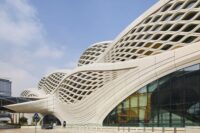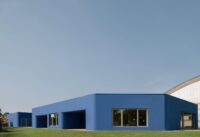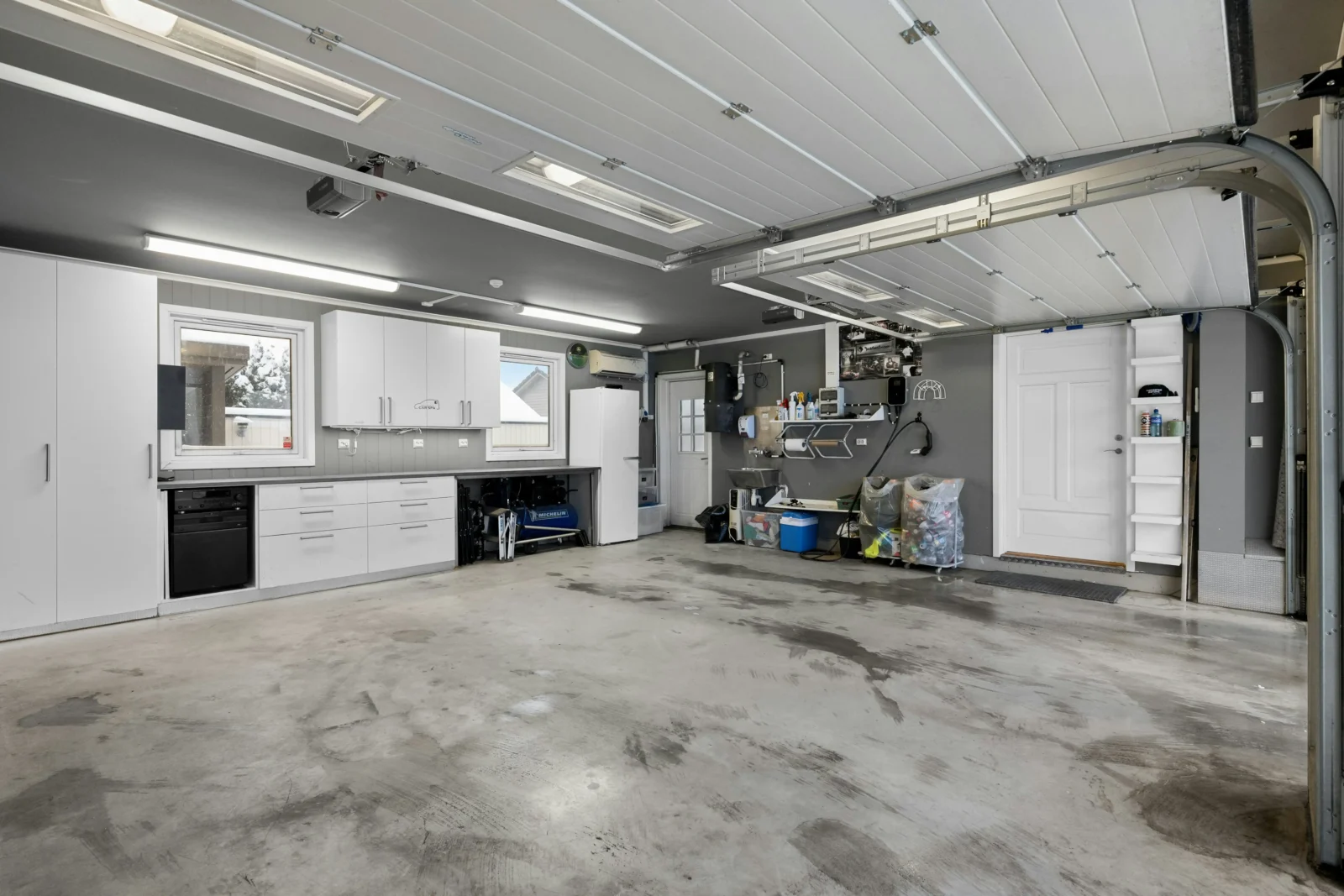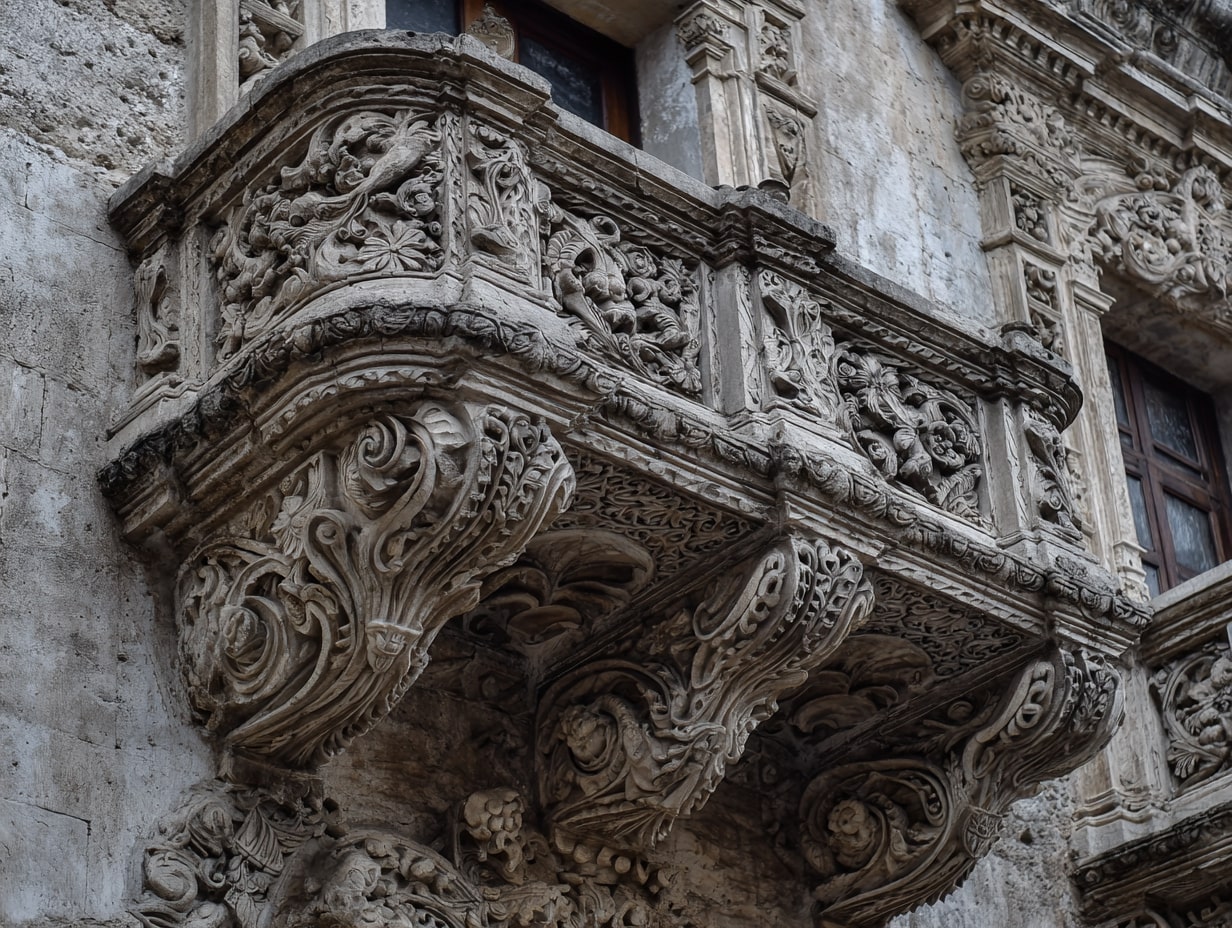- Home
- Articles
- Architectural Portfolio
- Architectral Presentation
- Inspirational Stories
- Architecture News
- Visualization
- BIM Industry
- Facade Design
- Parametric Design
- Career
- Landscape Architecture
- Construction
- Artificial Intelligence
- Sketching
- Design Softwares
- Diagrams
- Writing
- Architectural Tips
- Sustainability
- Courses
- Concept
- Technology
- History & Heritage
- Future of Architecture
- Guides & How-To
- Art & Culture
- Projects
- Interior Design
- Competitions
- Jobs
- Store
- Tools
- More
- Home
- Articles
- Architectural Portfolio
- Architectral Presentation
- Inspirational Stories
- Architecture News
- Visualization
- BIM Industry
- Facade Design
- Parametric Design
- Career
- Landscape Architecture
- Construction
- Artificial Intelligence
- Sketching
- Design Softwares
- Diagrams
- Writing
- Architectural Tips
- Sustainability
- Courses
- Concept
- Technology
- History & Heritage
- Future of Architecture
- Guides & How-To
- Art & Culture
- Projects
- Interior Design
- Competitions
- Jobs
- Store
- Tools
- More
The Evolution of Modern Interior Architecture: From Bauhaus to Smart Homes

Modern interior architecture has undergone a fascinating transformation over the decades, blending functionality with striking aesthetics. From the minimalist approach of “form follows function” to the intricate balance of technology and design, our living spaces have evolved to reflect contemporary needs and tastes.
In the early 2000s, open-plan kitchens and large TV units became staples, revolutionizing how we interact with our homes. These trends, combined with the use of neutral hues and bold accent walls, set the stage for a new era in interior design. Today, statement art pieces and simplified forms dominate our interiors, making each space uniquely personal and ingeniously functional.

Table of Contents
ToggleThe Roots of Modern Interior Architecture
From Classic to Contemporary: Key Transitions
Modern interior architecture evolved from a rich tapestry of classical influences. The transition began in the late 19th century with the Arts and Crafts Movement, emphasizing handcrafted details and natural materials. This period saw a shift from overly ornate Victorian designs to simpler, more functional forms. Moving into the early 20th century, Art Nouveau introduced organic forms and flowing lines, further simplifying interiors but adding a touch of sophistication.
The Bauhaus movement in the 1920s significantly advanced modern interior architecture by integrating art, craft, and technology. The focus shifted to functionalism and minimalism, promoting clean lines and the absence of unnecessary ornamentation. Post-World War II, the Mid-Century Modern style emerged, characterized by open floor plans, simple forms, and an integration of indoor and outdoor spaces. This era paved the way for the open-plan kitchens and spacious living areas we see today.
Influential Movements and Theorists
Several movements and theorists have profoundly influenced modern interior architecture. The Arts and Crafts Movement, led by William Morris, promoted the value of craftsmanship over industrial production. This laid the groundwork for future movements that emphasized quality and functionality.
The Bauhaus school, founded by Walter Gropius, revolutionized design by promoting the idea that form should follow function. It combined aesthetics with practical utility, influencing countless modernist designs. The International Style, spearheaded by Le Corbusier and Ludwig Mies van der Rohe, further streamlined architecture with its emphasis on volume over mass, balance over symmetry, and the elimination of ornamentation.
Frank Lloyd Wright’s Organic Architecture advocated for harmony between human habitation and the natural world, integrating buildings into their surroundings. Lastly, the Mid-Century Modern movement, with designers like Charles and Ray Eames, brought sleek, functional furniture and open-space concepts, setting the stage for contemporary design trends.
By understanding these foundational movements and the contributions of key theorists, we can better appreciate the evolution and enduring appeal of modern interior architecture.

Defining Features of Modern Interior Design
Emphasis on Functionality and Simplicity
Modern interior design prioritizes functionality and simplicity to ensure spaces are both practical and aesthetically pleasing. Clean lines and unadorned forms define this style, with each element serving a clear purpose. We believe “form follows function” exemplifies this principle, as spaces are designed to support daily activities without unnecessary decoration. Open floor plans create fluid movement, enhancing functionality and making small spaces feel larger. Simple shapes and minimal ornamentation reduce visual clutter, fostering a calm and organized environment.
The Role of Technology and Materials
The integration of technology and innovative materials has significantly shaped modern interior design. Advances in technology enable smart home features, such as automated lighting and climate control, blending seamlessly into the design without compromising aesthetics. We see the use of materials like glass, steel, and concrete, which provide durability and a sleek, modern appearance. Sustainable materials have also gained prominence, reflecting an increased awareness of environmental impact in design choices. High-tech appliances and fixtures contribute to the overall functionality and modern look, enhancing both convenience and style in our living spaces.
Influential Styles in Modern Interior Architecture
Mid-Century Modern and Its Lasting Impact
Mid-Century Modern emerged after World War II, focusing on simplicity, integration with nature, and functionality. Designers prioritized open floor plans, creating seamless transitions between indoor and outdoor spaces. Clean lines and geometric shapes became central elements. Materials such as molded plywood, plastic, and aluminum were heavily used, reflecting the era’s technological advancements. Notable designers like Charles and Ray Eames, Eero Saarinen, and George Nelson contributed to this movement with iconic furniture pieces that epitomized the style’s principles.
The Rise of Minimalism and Sustainable Design
Minimalism gained prominence in the late 20th century, emphasizing “less is more.” This style focuses on simplicity and functionality, using a neutral color palette, streamlined furniture, and uncluttered spaces. Minimalist design often features open layouts and abundant natural light, creating a sense of spaciousness. Today, minimalism intersects with sustainable design. Sustainable materials like reclaimed wood, bamboo, and recycled metals are used to minimize environmental impact. Smart home technology and energy-efficient appliances further contribute to sustainability, making modern homes eco-friendly and efficient.

The Impact of Modern Design on Today’s Architecture
Blending Indoor and Outdoor Spaces
Modern design seamlessly integrates indoor and outdoor spaces to create cohesive living environments. Architects often employ large glass doors, expansive windows, and open floor plans to merge the interior with surrounding landscapes. Homes with integrated patios, gardens, and terraces facilitate natural light, improving overall wellness. This approach not only enhances the visual appeal but also promotes a connection with nature, which is essential for mental health. In regions like Southern California, features such as outdoor kitchens, pergolas, and custom patios have become popular additions, and services like San Diego paver installation help seamlessly extend indoor aesthetics into exterior spaces. For example, mid-century modern homes often have large glass walls that dissolve barriers between the inside and outside.
Smart Homes and the Future of Interior Design
The incorporation of smart home technology revolutionizes interior design. Modern homes now feature integrated systems that control lighting, temperature, security, and entertainment through smartphones or voice commands. These technologies improve convenience, energy efficiency, and security. For instance, smart thermostats adjust heating and cooling based on occupancy patterns, reducing energy consumption. Additionally, smart lighting systems offer customizable settings, including automated schedules and mood-specific lighting. As technology advances, interior design will increasingly emphasize adaptability and innovation, ensuring spaces are not just beautiful but also highly functional.

Conclusion
Modern interior architecture has continuously evolved to accommodate new technologies and changing lifestyles. The integration of natural elements and a focus on open spaces started with movements like Bauhaus and Mid-Century Modern. These styles emphasized simplicity and functionality, laying the groundwork for contemporary designs.
Over the years, we’ve seen innovations such as the open-plan kitchen, which revolutionized the heart of the home. Sleek lines and minimalistic designs became the norm, making spaces appear larger and more inviting. Outdoor elements like large windows and indoor plants brought nature inside, blurring the boundaries between indoor and outdoor living.
Technology plays a crucial role in modern interior design. Smart home systems offer unprecedented control over various aspects of the home, from lighting and temperature to security and entertainment. These advancements contribute to energy efficiency, convenience, and a higher quality of life.
Paint trends have also shifted, with neutral hues becoming prevalent in the mid-20th century. Bold accent walls in deep shades provided striking contrasts and unique focal points in spaces. Designs often included large TV sets and entertainment units in living rooms, catering to the evolving needs of homeowners.
The bedroom saw the incorporation of damask prints, bold fabrics, and large headboards. Dusty pastels, wallpapers, and paint stencils became common accents, creating a cozy and inviting atmosphere. These design elements reflect the adaptability and creativity inherent in modern interior architecture.
Overall, modern interior architecture balances aesthetic appeal with practical functionality. By embracing both natural elements and technological advancements, contemporary designs offer versatile and timeless solutions. This fusion of form and function continues to shape the way we perceive and experience our living spaces.
1 Comment
Submit your architectural projects
Follow these steps for submission your project. Submission FormLatest Posts
Are Organic Bamboo Sheets Worth the Investment?
When it comes to getting a good night’s sleep, the quality of...
Converting Garages to Living Spaces: Structural Changes That Require Professional Engineering
When considering a garage conversion to extend your home’s living space, understanding...
A Beginner’s Guide to Architectural Details
Architectural details explained for beginners: clear terms, key joints, proportions, climate-smart specs,...
5 Must-Visit Structures by Norman Foster
Explore five must-visit structures by Norman Foster, showcasing iconic works that combine...












Such a fascinating read! It’s incredible to see how far interior architecture has come, from the minimalist principles of the Bauhaus movement to the high-tech, user-focused designs of today’s smart homes. I love how the article highlights how functionality and form have always gone hand-in-hand, but now technology is pushing the boundaries even further. It’s amazing how smart home features can enhance convenience, energy efficiency, and even personal well-being—things that weren’t even imagined in the early 20th century.